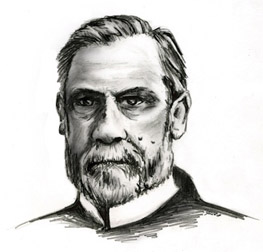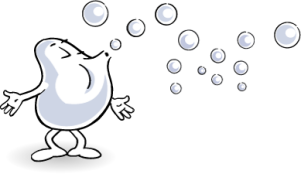
The history of yeast started in Prehistoric times but took a decisive turn in 1857 when Louis Pasteur discovered the fermentation process.
This discovery still influences our everyday lives. Bread, beer, food supplements.
Yeast is everywhere.
 The history of yeast started in Prehistoric times but took a decisive turn in 1857 when Louis Pasteur discovered the fermentation process.
The history of yeast started in Prehistoric times but took a decisive turn in 1857 when Louis Pasteur discovered the fermentation process.





